Full episodes of The Cleveland Browns Presents: Club 46 (driven by Bridgestone) can be viewed on the Browns' YouTube Channel or ClevelandBrowns.com. The series is also available as a podcast on Apple, Google Play or wherever else you listen to podcasts.
Reggie Langhorne could feel his first big NFL moment coming when Marty Schottenheimer tapped him on the shoulder and asked him a question.
"Hey, Reggie," the legendary Browns head coach said. "Are you ready to start?"
Langhorne, who was in his second NFL season in Cleveland, gave his coach an affirmative "yes." The Browns were preparing to play the Oilers for a big Week 2 matchup in the Astrodome, and Schottenheimer was ready to give Langhorne one of his biggest starts at receiver since he was drafted in the seventh round a year earlier.
"Marty had this way of looking you in the face and making you feel like you would do anything for him," Langhorne said. "He was giving me that shot, so that would be my day."
Langhorne was right — it was his day. He caught his first career touchdown in the fourth quarter that gave the Browns a 16-13 edge, their first lead of the day, in a 23-20 win over Houston. The catch was the first of 15 touchdowns Langhorne had in his seven years with the Browns, and the physical slot receiver became an integral member alongside Webster Slaughter, Brian Brennan and Eric Metcalf in some of the greatest wide receiver groups in franchise history.
No one, however, expected Langhorne to grow such deep roots in Cleveland when he was a receiver at Division II Elizabeth City State University in Suffolk, Virginia.
Langhorne, a Suffolk native, had no intention of playing football in college. He wanted to leave Virginia and see the world, so he prepared to serve in the military but his high school coach pushed him to play football at the next level. He received scholarships from a number of small schools, and after visiting Elizabeth City, Langhorne gave it a shot.
"When I went down, I'm like, 'Man. This could be exciting,'" he said. "There were only 1,200 people, but for me, that's huge."
The Cleveland Browns Presents: Club 46 - player stories through generations of football

Reggie Langhorne

Reggie Langhorne
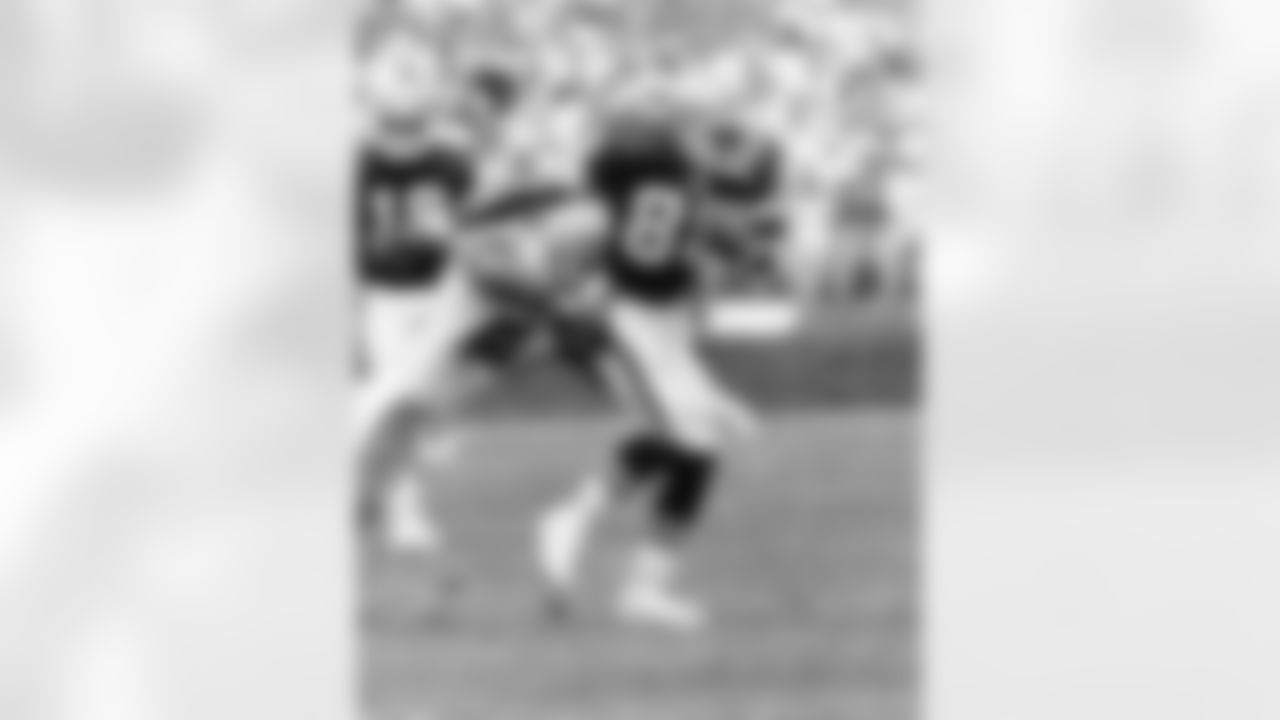
Reggie Langhorne
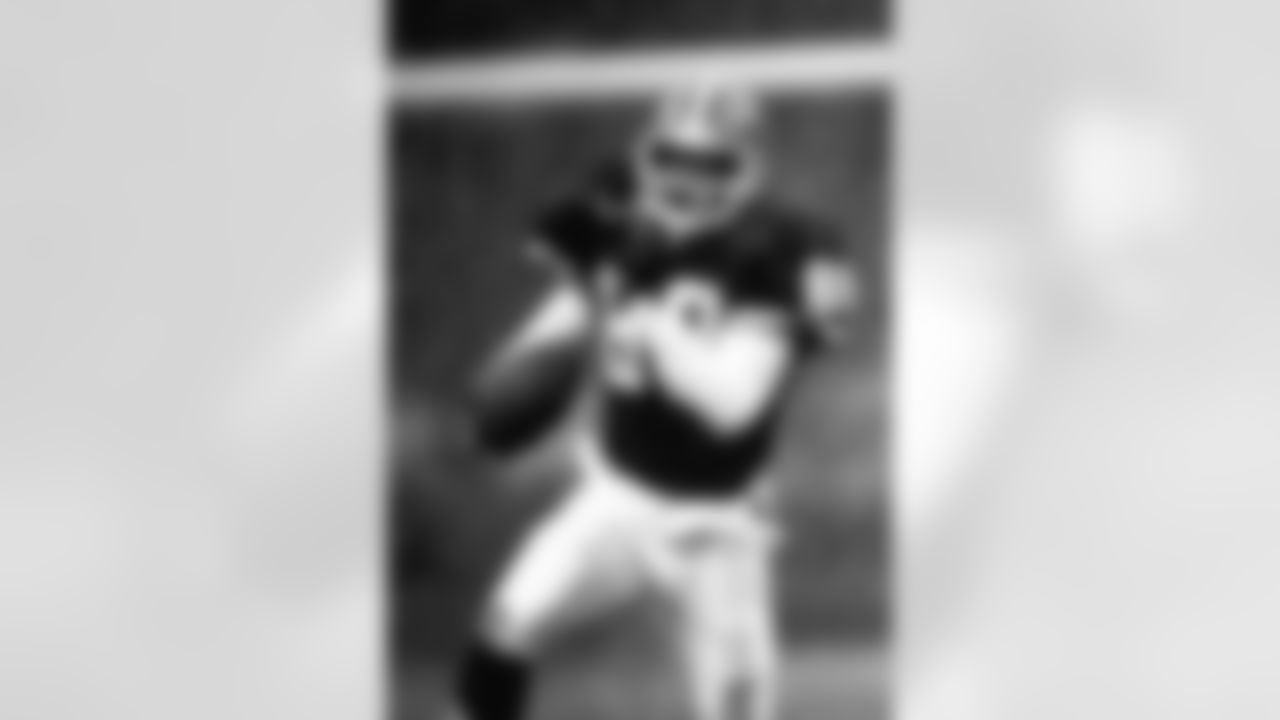
Reggie Langhorne
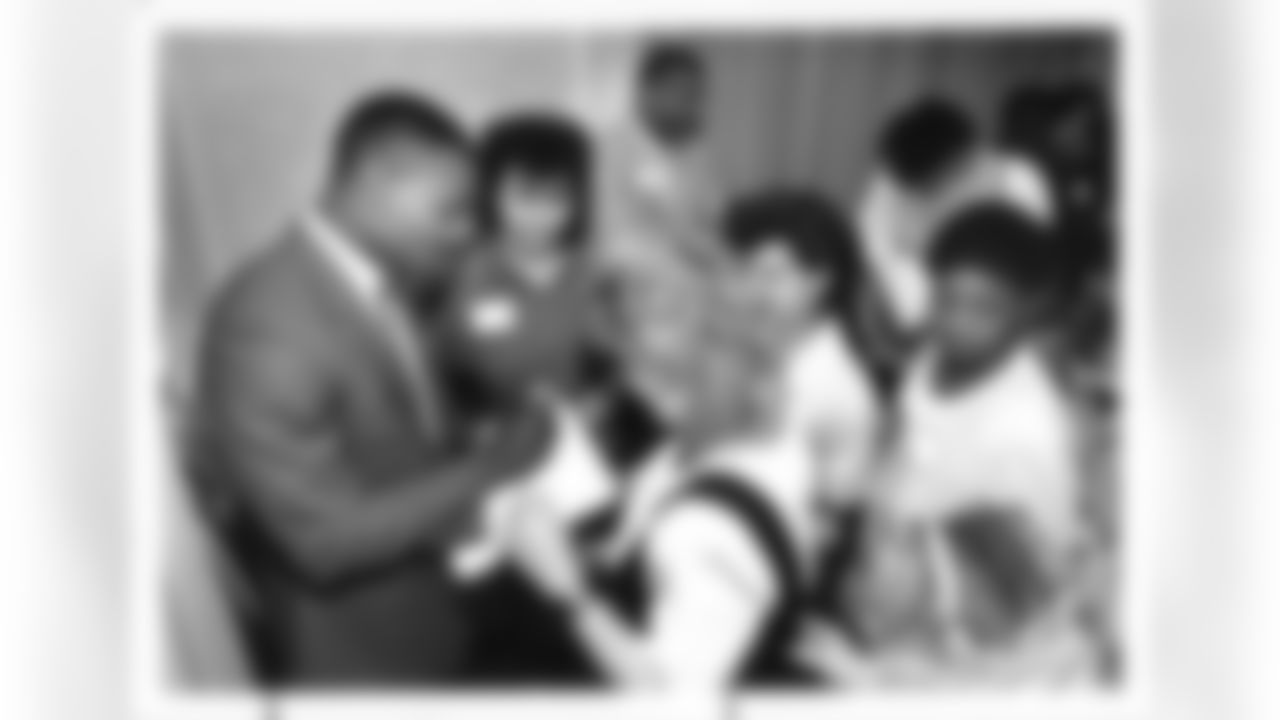
Reggie Langhorne
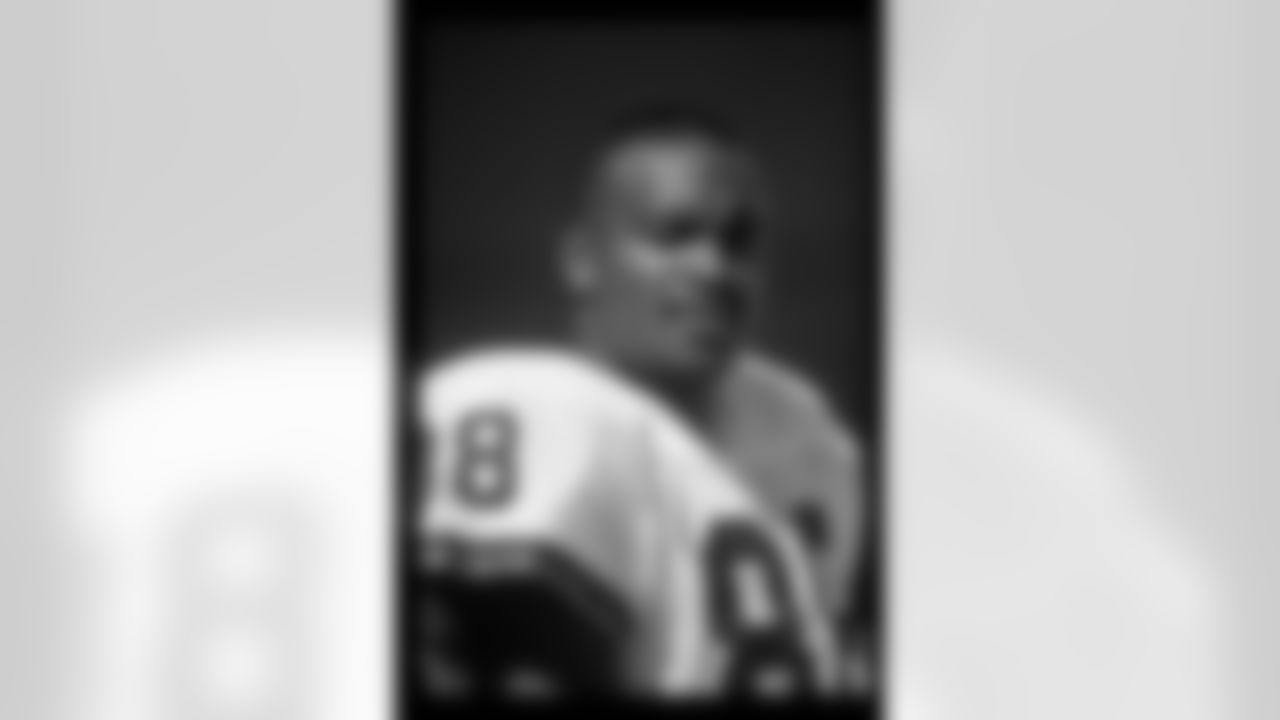
Reggie Langhorne
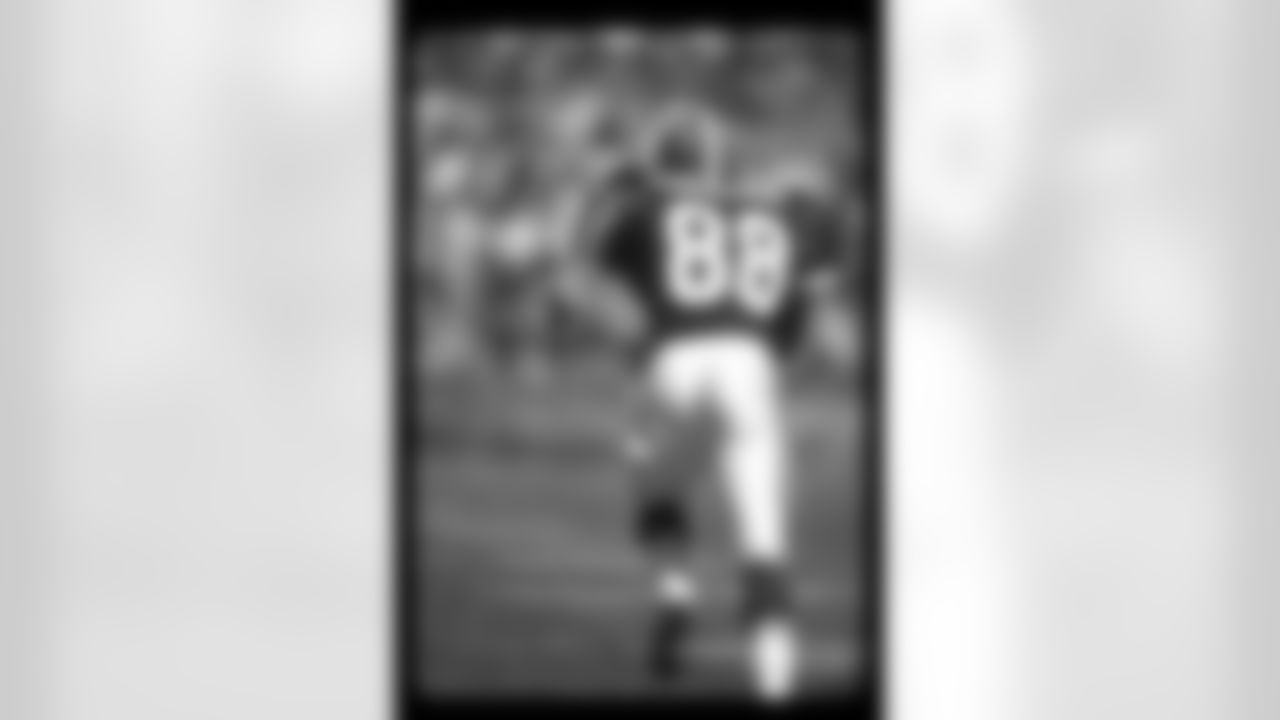
Reggie Langhorne

Reggie Langhorne

Reggie Langhorne

Reggie Langhorne
Langhorne's focus on playing professional football grew in his junior year when he receiving attention from scouts with the United States Football League, a new professional league hoping to compete with the NFL in success and popularity across the country. The league folded in 1985, but scouts from the USFL remembered Langhorne's name when they took NFL jobs.
His name was in the draft pool as a late-round pick that year, and the Browns were one of the first teams to call him. Langhorne was sitting on his grandmother's porch when the call finally came.
"We're going to try and get you," said Dom Anile, a Browns scout who later built a high reputation around the league in part for finding hidden late-round talents. "The New York Jets are up now. If they don't take you, get ready to come to Cleveland."
A few minutes later, Langhorne's phone rang again. It was the same number.
"Welcome to Cleveland," Anile said.
What did Langhorne know about Cleveland?
"Nothing," he said. "Absolutely nothing."
That added to the nerves Langhorne felt when he stepped off the plane and prepared for his first NFL season. He was no longer surrounded by small-school players, and he was no longer one of the best players on the field. He couldn't simply run whatever route he wanted, find space and catch the football.
Langhorne was now one of 19 receivers on the Browns, and he needed to find a way to stand out.
"I didn't have time to waste," he said. "I wasn't a good receiver. Yes, I could catch and I could run, but then there were so many intangibles that go along with being a pure NFL receiver. I was way behind the eight-ball compared to a lot of other guys."
Langhorne showed he could do one thing as a rookie: block. He showed it off most on special teams, and that's why Schottenheimer and the Browns coaching staff kept him on board. Langhorne had found his "in" into the NFL, and the perks of being a professional football player made him feel at ease in Cleveland.
He no longer needed to do his own laundry. "Just leave it on the floor," linebacker Clay Matthews told him.
He no longer needed to endure long hours on the bus and endless stops at Bojangles, the Elizabeth City football team's favorite roadside eatery.
He no longer needed to find his own food, period. His eyes lit up when he saw what was on the menu after his first day in training camp: crab legs.
"My pregame meal in college was two slices of roast beef, two boiled eggs, two slices of toast, and a baked potato," he said. "I didn't even know that they had medium, rare, medium well (for prime rib). I didn't know that. I had never been to a restaurant where they asked me how I want it prepared. My mom cooked it, and you eat it the way she cooks it. You ask no questions."
The perks of professional football in Cleveland were a dream for Langhorne. The food, the camaraderie and the success on the field — the Browns had four winning seasons in Langhorne's tenure — was everything he could ask for.
That's why leaving Cleveland changed Langhorne's life.
His final two seasons were spent with the Indianapolis Colts, but he retired after the 1993 season despite catching three touchdowns and playing some of his best football ever. He wasn't happy, and bad habits with alcohol began to plague his lifestyle.
"I found myself being in places and doing things that if I was with my guys, I wouldn't have been there," he said. "I was a loner in Indy. I didn't have my crew with me. I didn't have guys that I knew."
In the years after his retirement, Langhorne fought hard to cut out the unhealthy habits in his life and re-discover the happiness he had in Cleveland. A decade had passed since he took his last NFL snap, and Langhorne was still not the man he wanted to be. He had no job, no immediate family and no direction for what he wanted to do next.
So he packed up his things and moved to … Cleveland.
"I'm going to go back to the city that I started and maybe things will get better," he said. "A geographical cure."
Sure enough, Langhorne was back and comfortable. The unhealthy habits faded away, and Langhorne found a variety of jobs to keep him happy. He's currently an auto salesman, an official NFL uniform inspector and a sports analyst for CBS WOIO Cleveland.
By moving back to Cleveland, Langhorne was given another chance to change his life. This opportunity, however, wasn't from a tap on the shoulder from coach Shottenheimer. It was from himself.
"I feel this city," he said. "I feel the joy and the laughter of Browns fans because I've seen it."
Now, Langhorne is a Clevelander for life. He's found happiness again in Northeast Ohio, and he's here to stay.
"I fell in love with Cleveland," he said. "It'll always be home."














